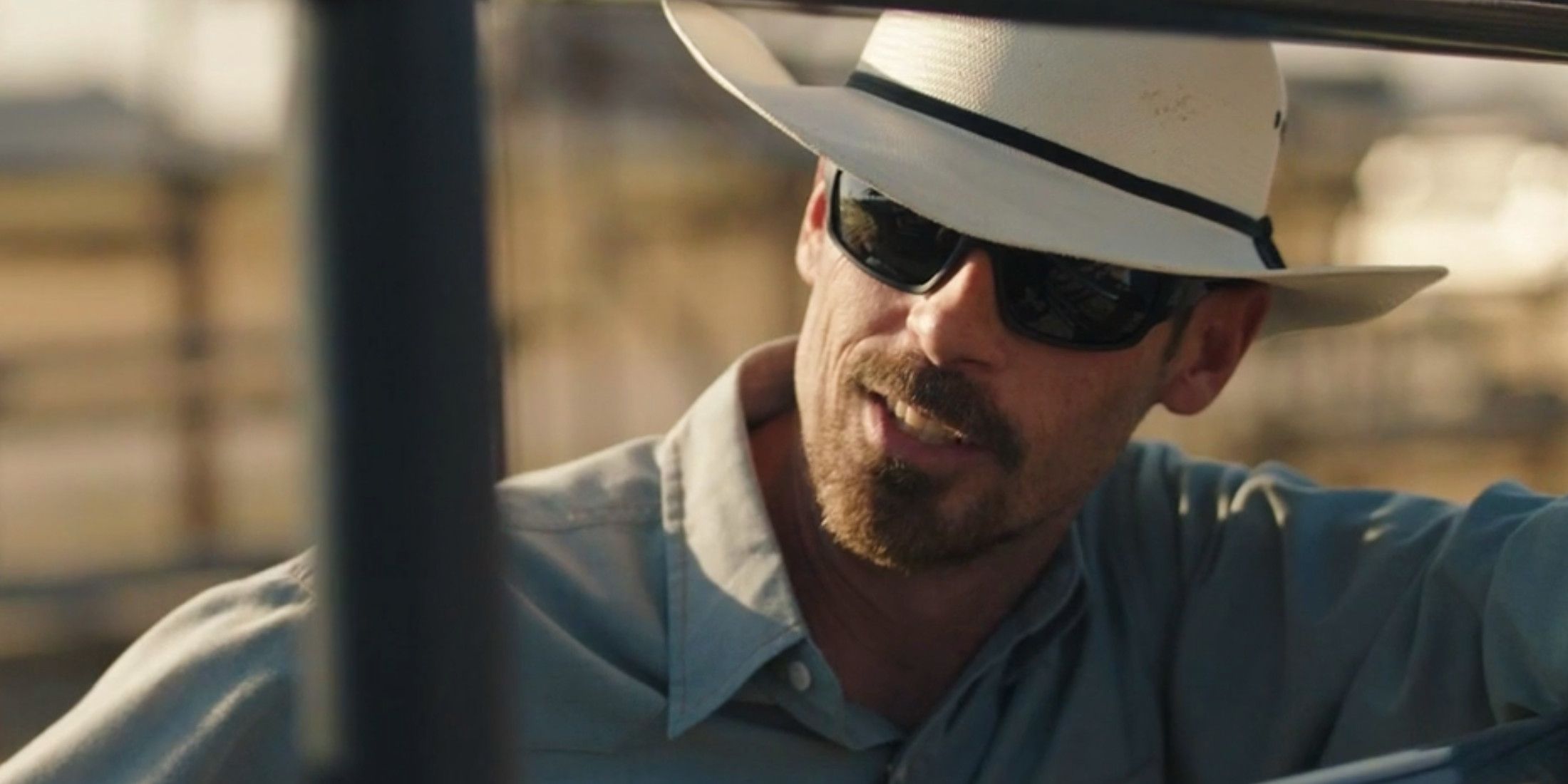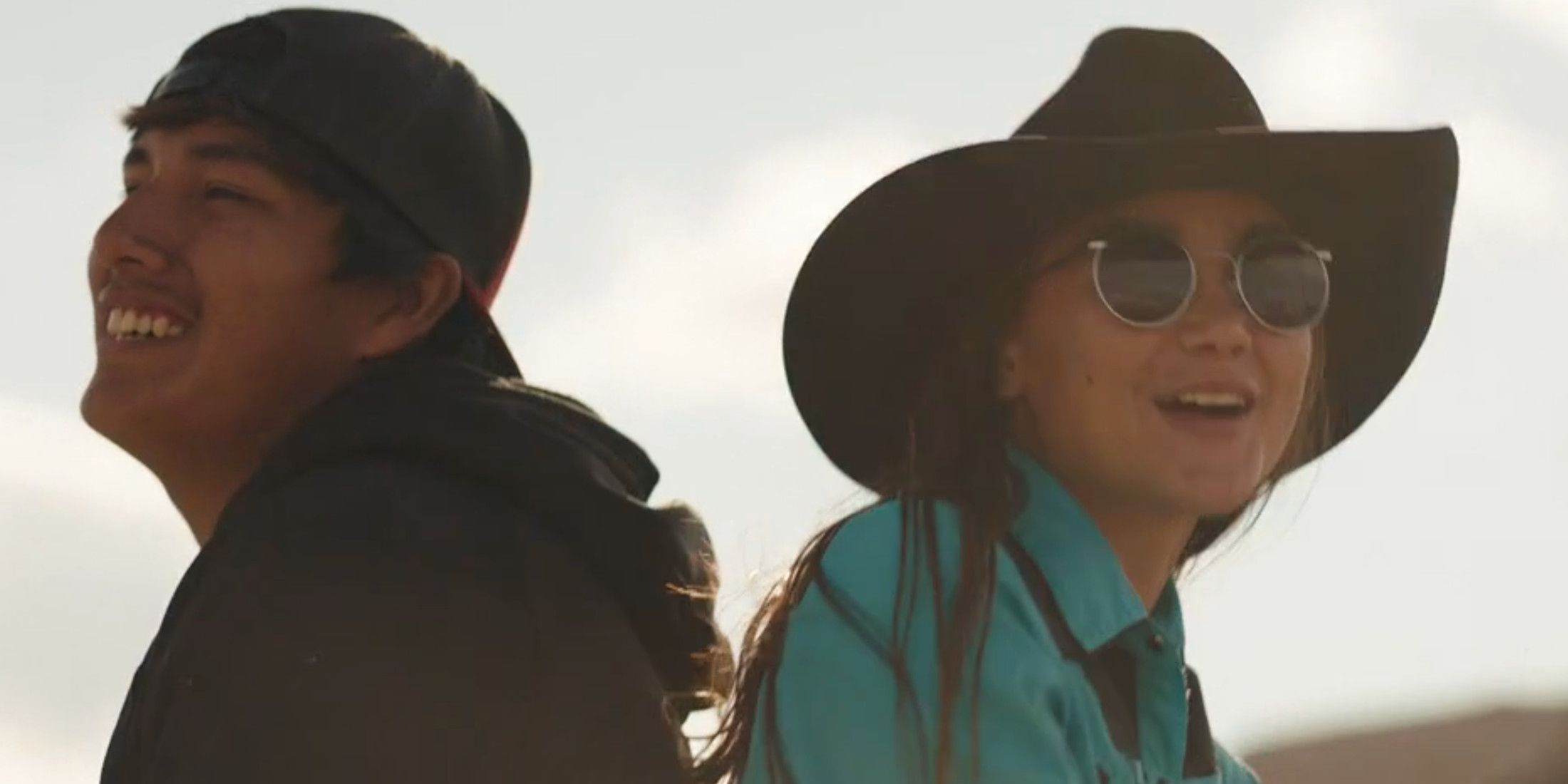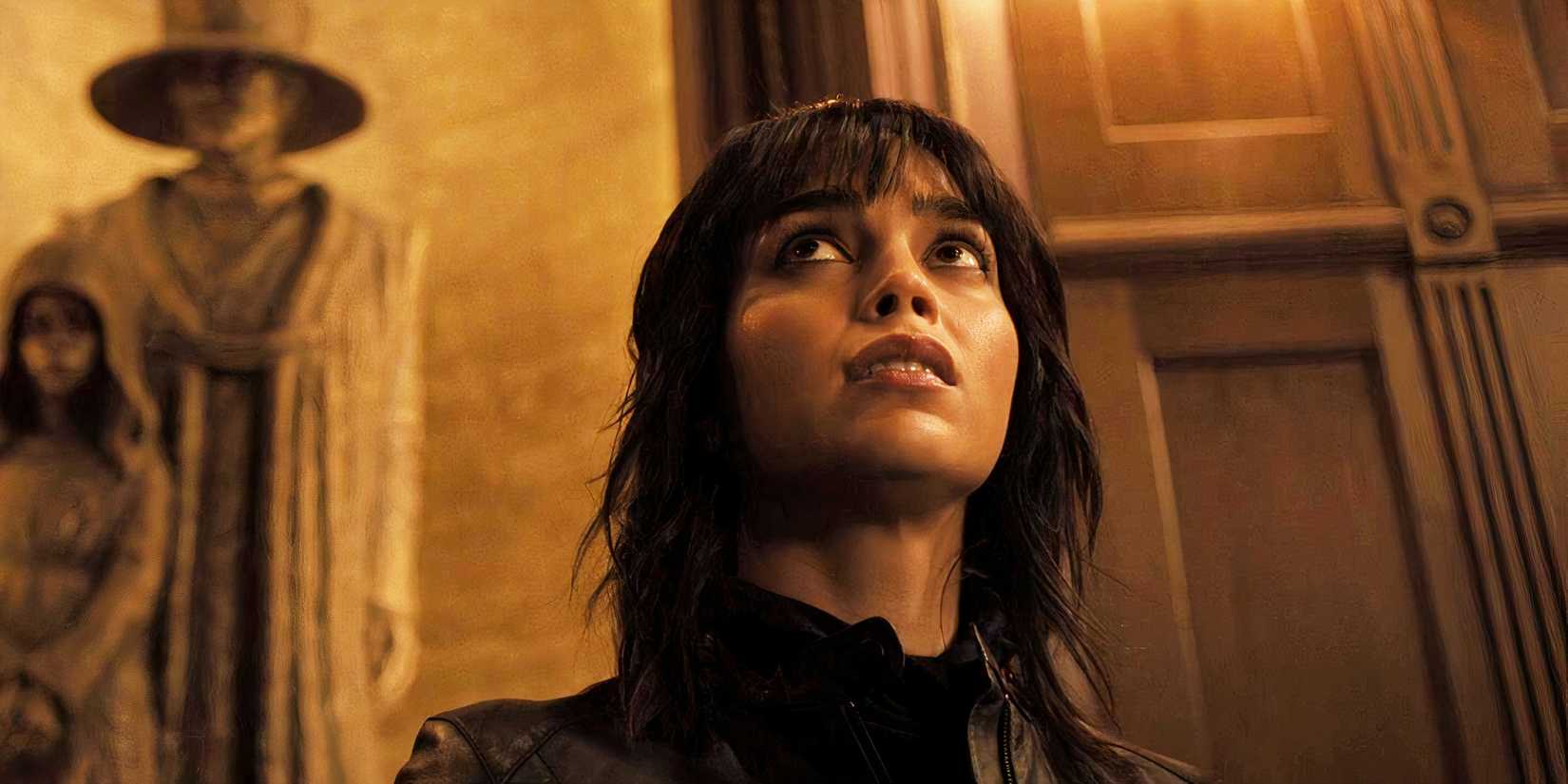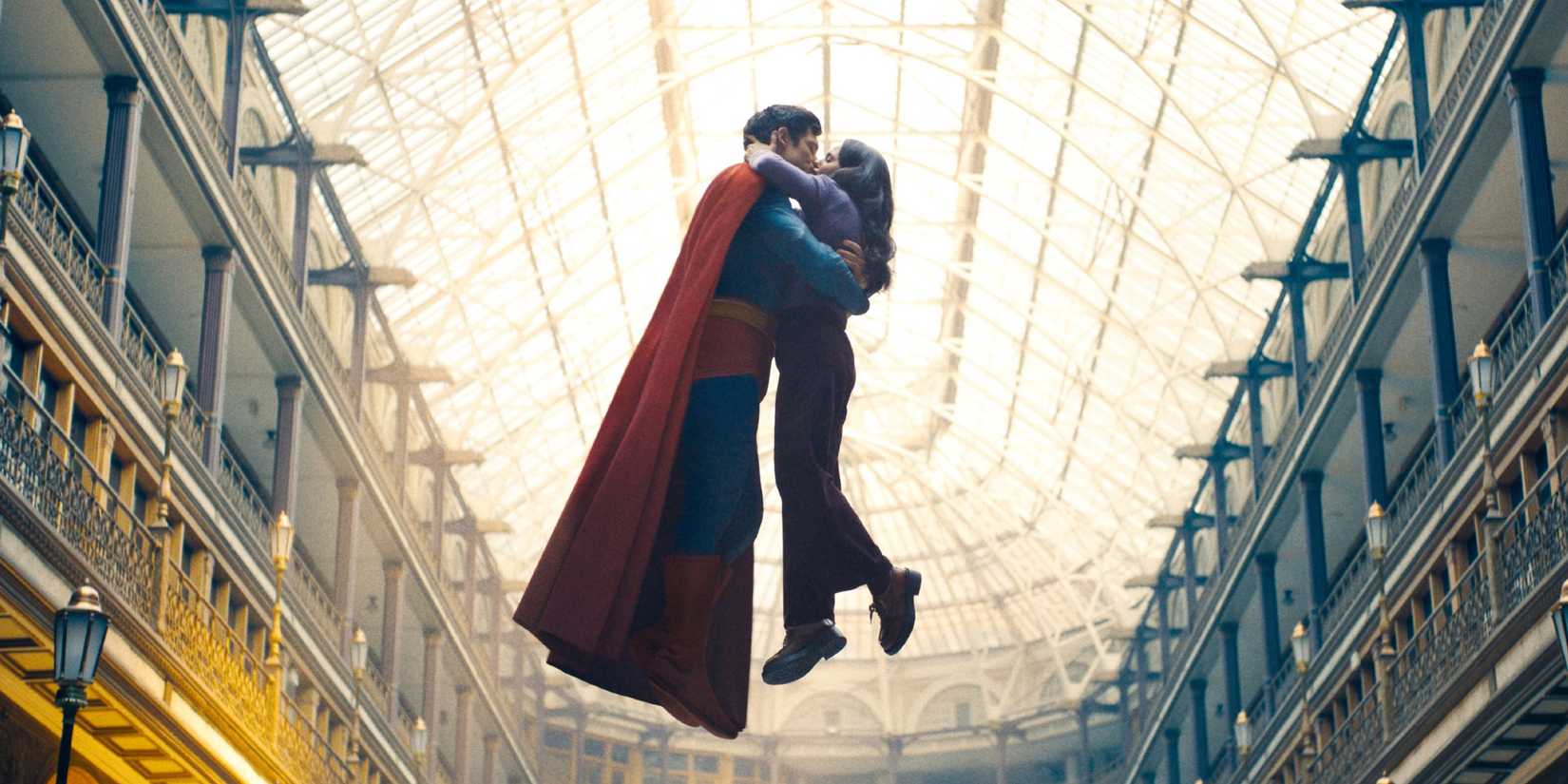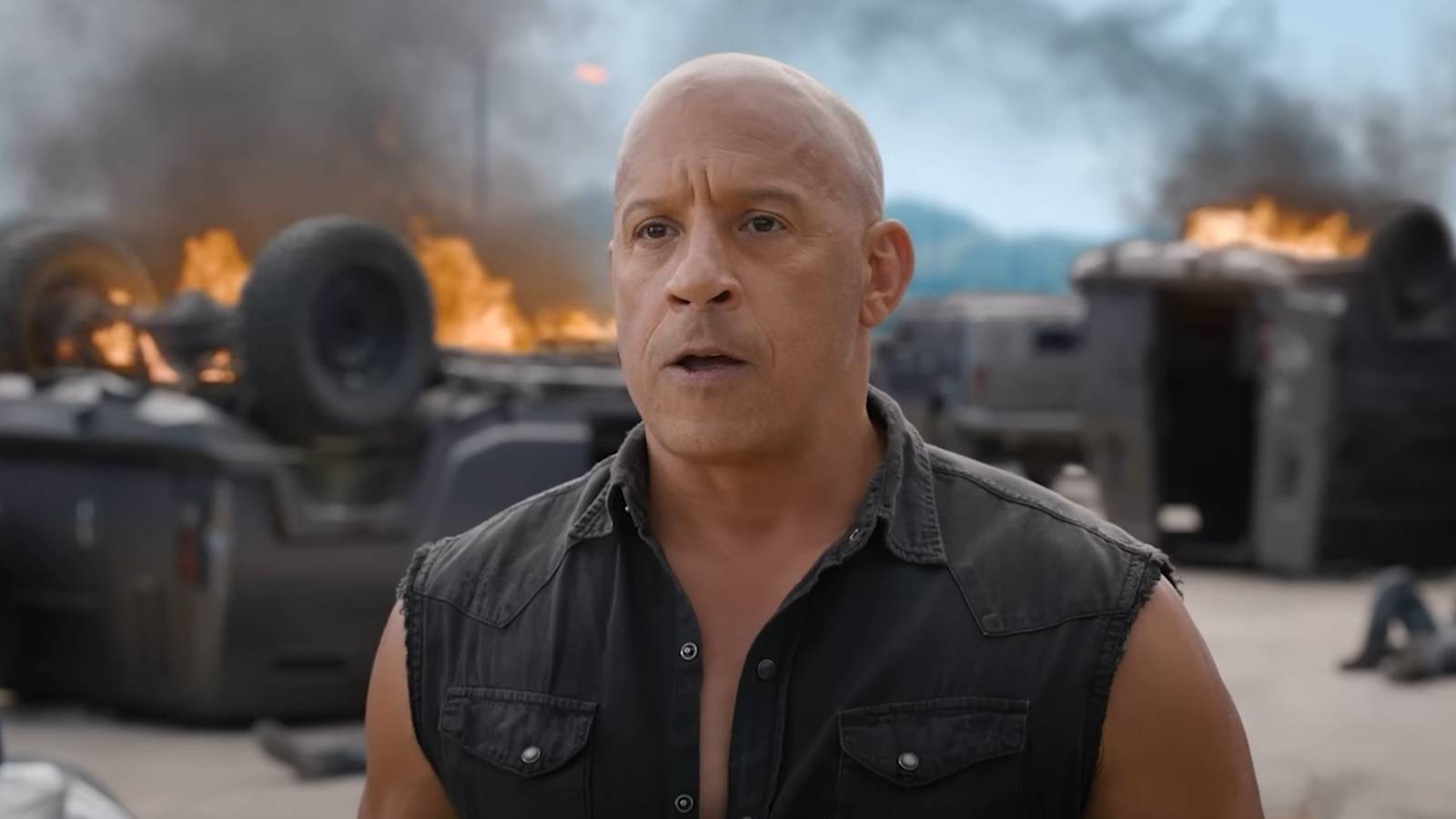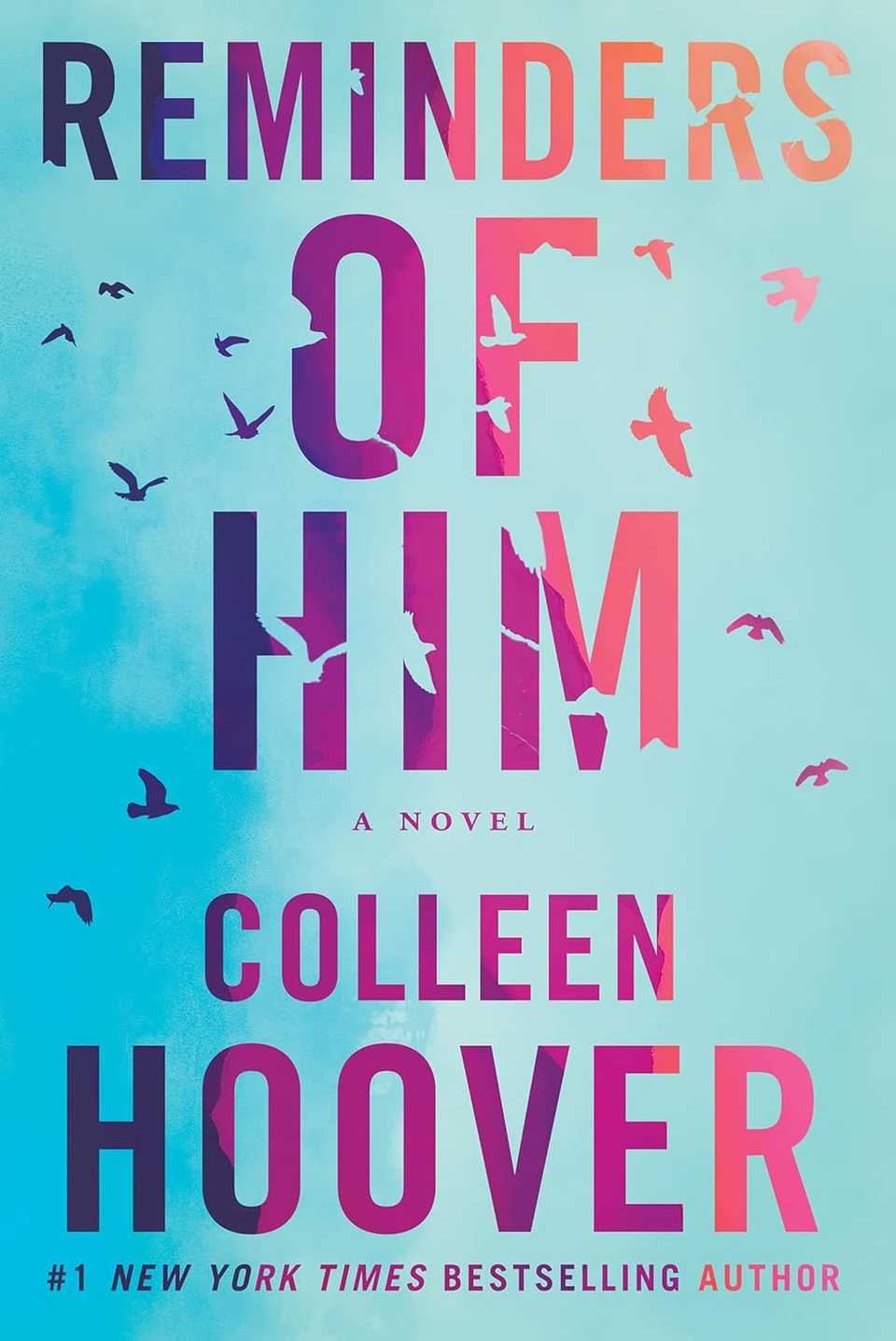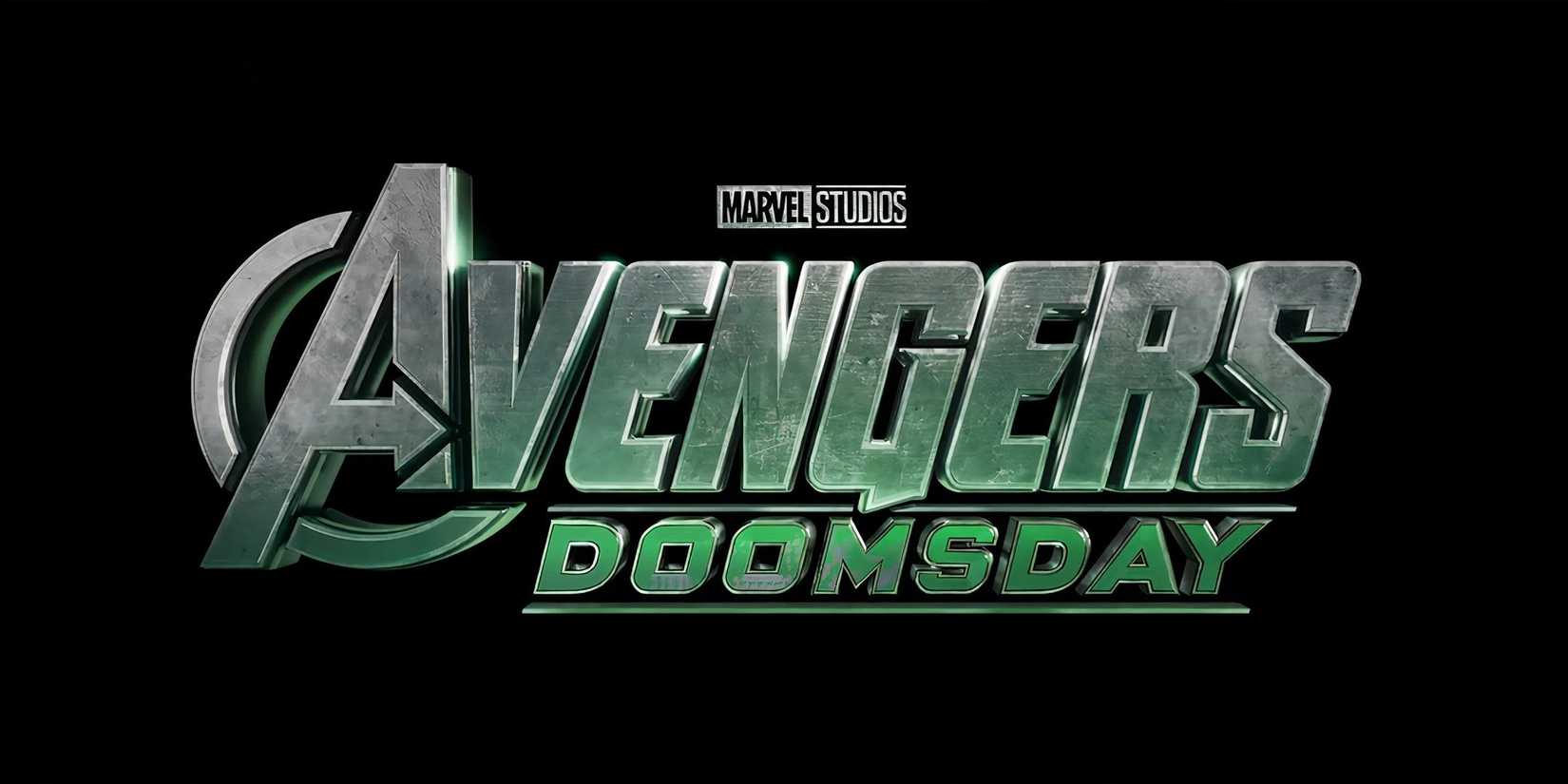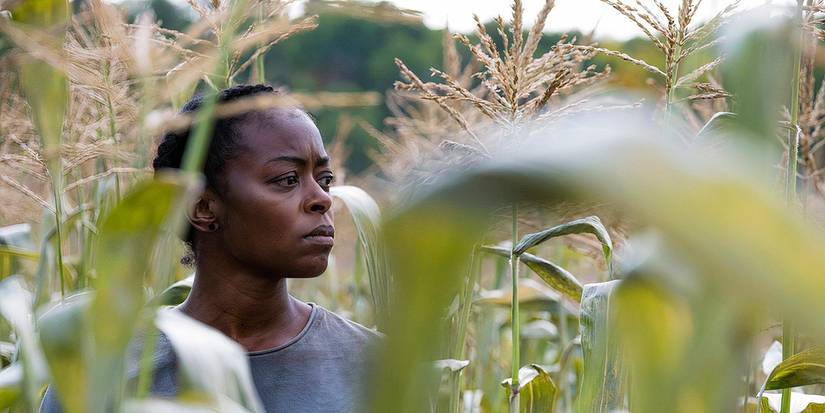Intentional or not, Kate Beecroft’s East of Wall is emulating Beasts of the Southern Wild. This connection was both exceedingly clear and worryingly risky, knowing that Beecroft would have a hard time living up to what Zeitlin created in his Best Picture nominee.
Like its spiritual predecessor, East of Wall‘s cast is populated by mostly non-actors. While established Hollywood stars Scoot McNairy and Jennifer Ehle play roles in the cast, the story is mainly focused on real-life mother-daughter duo Tabatha and Porshia Zimiga. The Zimigas, along with the majority of the cast, play fictional versions of themselves.
Tabatha is a rancher and horse trainer who is still grieving the loss of her husband, while trying to parent her teenage daughter and the cabal of wayward teenagers that find their way into her life and home. Throughout, East of Wall also mimics Beasts of the Southern Wiild by interspersing rousing community moments with more poetic, narration-driven segments from Porshia.
Beecroft’s film is nowhere near as powerful as Beasts of the Southern Wild. At times, it suffers severely from first-time director syndrome, letting its cracks show. However, there is so much still to be celebrated in this emotionally stirring work.
East Of Wall Seamlessly Integrates Its Non-Actors With Its Pros
East of Wall manages to have one of the best acting ensembles of the year, and most of them are not even trained actors. While both Zimigas are great, the supporting characters are also played with a level of authenticity that can only be accomplished by those with lived experiences.
These non-actors easily keep up with both Ehle and McNairy. This is best highlighted in the quieter duo scenes, with a particular standout being the one between Ehle and Porshia Zimiga.
Though the non-actors are incredible, I would be remiss not to highlight Ehle’s performance. I have loved her work for a long time, but she is delivering at another level in East of Wall. She is down-to-earth but dramatically powerful as Tracey, stealing scenes while never being over-the-top. Though there is a lot still to come this year, I would even venture to say that it is a performance that deserves Oscar recognition.
Technical elements such as costuming and set design are key to bridging the gap between actors and non-actors. But ultimately, the acting’s flawlessness is a testament to the great work Beecroft has done on this film.
Beecroft spent years embedding herself in the Zimigas’ community to make this film, and their comfort with her shines onscreen. While East of Wall is far from a flawless debut, its acting shows the director’s huge promise.
The Music Choices Do The Film A Disservice
The sound almost turned me off of East of Wall entirely. The music choices seem out of place for the plot, and they are most certainly not in line with the rhythms of what could be more meditative scenes of people in community with each other.
The music also does a huge disservice to the film’s editing. The sound design was so poorly integrated that I initially thought East of Wall was poorly edited. As the film progressed, I realized the editing was merely a symptom of a larger issue with the music choices, which often yanked audiences in a discordant tonal direction.
The film’s use of TikTok was also not effective. While TikTok is a part of Tabatha and Porshia’s real story, it was visually jarring to switch away from the breathtaking Badlands’ landscapes to a low-res vertical video. This is a point where Beecroft should have let aspects of the true-story inspiration take a step back in favor of a more cinematic approach.
I Loved The Way The Drama In East Of Wall Unfolded
While the music may detract in parts, East of Wall‘s greatest strength is its naturalism. Aided by the incredible acting and research-informed directing and writing, the way the events are laid out feels very true-to-life.
East of Wall is not without its narrative stakes. While the movie starts out laconic and in a slice-of-life style, the drama is soon elevated by a court date and the arrival of McNairy’s Roy Waters. Roy presents Tabatha with an opportunity that could seismically shift her life, significantly raising the stakes.
The brilliance of the film comes into play in how it tackles these more intense plot points. While Tabatha is toiling over whether to take Roy’s offer, she is equally struggling with her son’s speech delay and processing her grief. Beecroft keeps us at enough distance from the emotionally closed-off Tabatha to make this character development effective, and to let her decision-making percolate subtextually.
Despite its flaws, East of Wall is ultimately an incredibly gripping narrative. I’m aware this movie is unlikely to gain significant traction, but I can only hope some To Leslie-esque situation can score Ehle an Oscar nomination for Best Supporting Actress. Awards aside, East of Wall is a film worth watching, and I’ll be keeping an eye out on Kate Beecroft’s next projects.
